
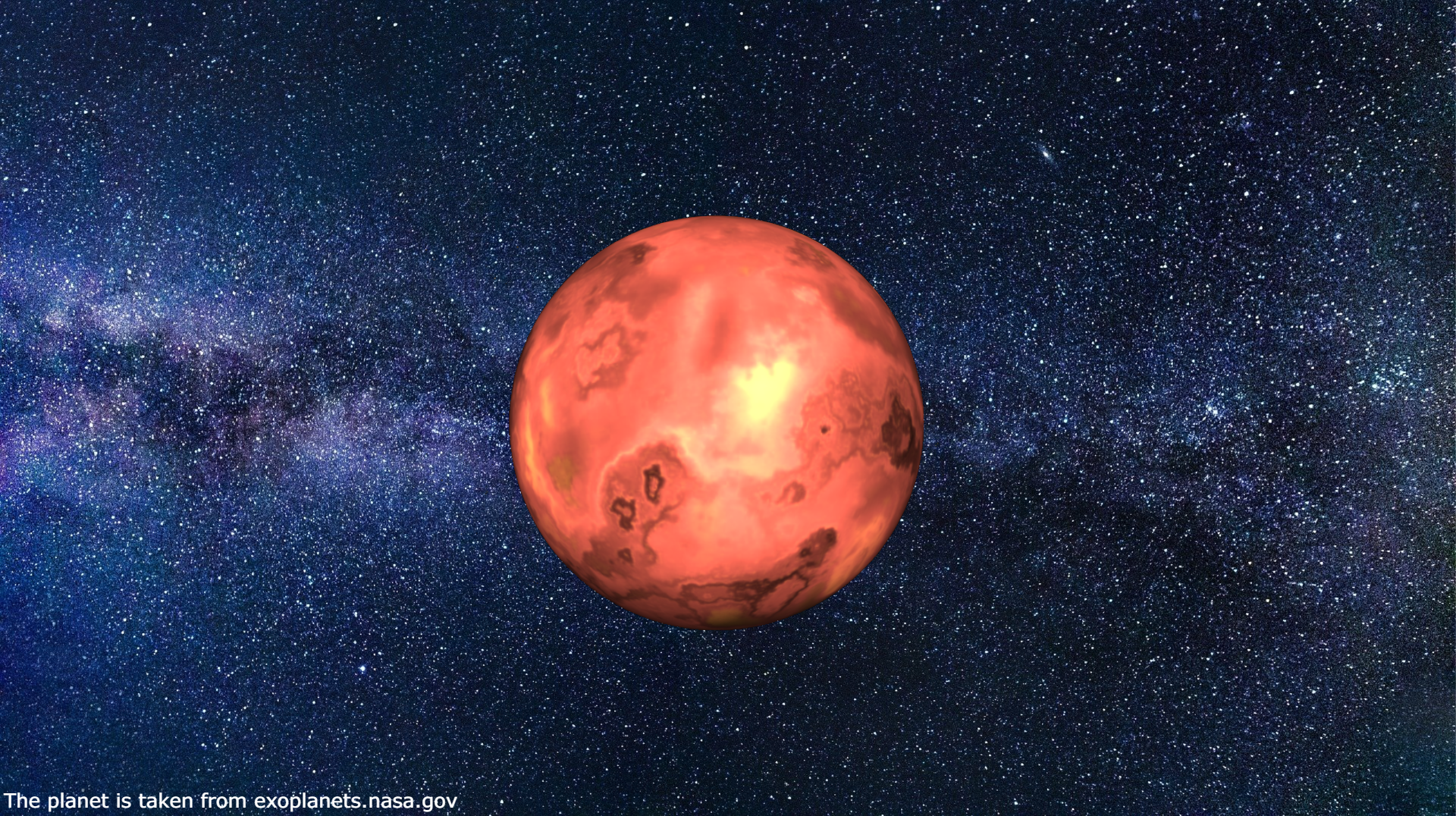
K2-141 b
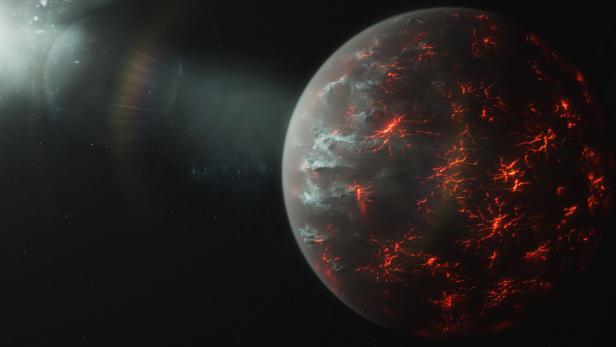
What is K2-141 b?
K2-141 b (EPIC 246393474.01) is a super-Earth-sized rocky exoplanet orbiting very close to an orange K-type star K2-141, a main-sequence orange star, located in the constellation Pisces. The exoplanet was discovered during the Kepler space telescope's K2 "Second Light" mission. Later, HARPS-N spectrographs observed the planet. The event is classified as an Ultra-short Period (USP) and confirmed as terrestrial.
Why is Earth a planet?
One side of K2-141b is a lava world, while the other side is extremely cold. An ocean of magma exists there, and its atmosphere is filled with rock vapor and supersonic winds.
Morphology
Geomorphology
K2-141 b's radius is 9,631 km (5984.42 miles) and its area is 1165608295.8911684 km² (450043693.92 miles²).
Anatomy
Extreme wind speeds (+1.75km/s | +1.0874mi/s | +6300km/h | +3914.639mi/h) are believed to exist in the atmosphere. Ocean magma can vaporize into the atmosphere at high temperatures, which is the case there. Supersonic winds sweep mineral vapor from evaporated rock to the frigid night side, where rocks "rain" back down into the magma ocean. In response, the currents flow back to the hot day side of the exoplanet, where rock evaporates again. In the presence of high levels of sodium in the atmosphere, solid sodium could slowly slide towards the planet's oceans, similar to how glaciers drift on Earth.
K2-141 b has a mass of 5.08 Earths (30,337,760,000,000,000,000,000,000 tons), and has density of 8.00 g/cm^-3.
Tectonic plates
Studies of the tectonic plates of K2-141 b has yet to be made.
Location
K2-141 b is about 202 light-years from Earth in the constellation Pisces, while its orbital distance is 0.00716 AU.
Physico-chemical properties
K2-141b is thought to have an atmosphere as well as oceans, to be magma and possibly tens of kilometers deep. The composition of the atmosphere is unknown, but likely consists of vaporized metals that are common on Earth in solid form.
Temperature
K2-141b is far from a habitable planet despite its terrestrial nature. Due to its extreme proximity to its host star, its equilibrium temperature is about 2,039 K (1,766°C | 3,211°F). Actual temperatures are likely to be even higher. K2-141b faces perpetual daylight to a broader extent than any other planet. Nightside temperatures are below 73.1 K (-200°C | -328°F). At an estimated 3,270 K (3,000°C | 5,430°F), the dayside of the exoplanet is hot enough to both melt and vaporize rocks.
Age
K2-141 b has an age between 1.6 to 12.9 billion years.
Force fields
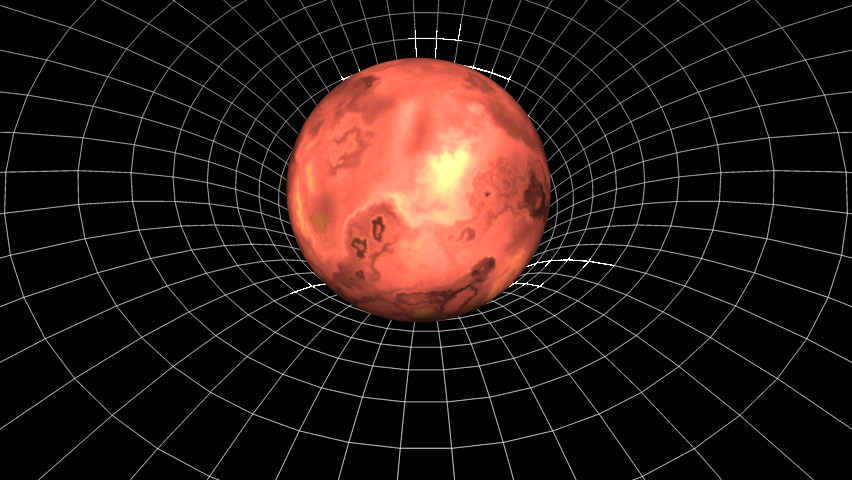
Gravitational force
K2-141 b has a surface gravity of 2.23 g-force.
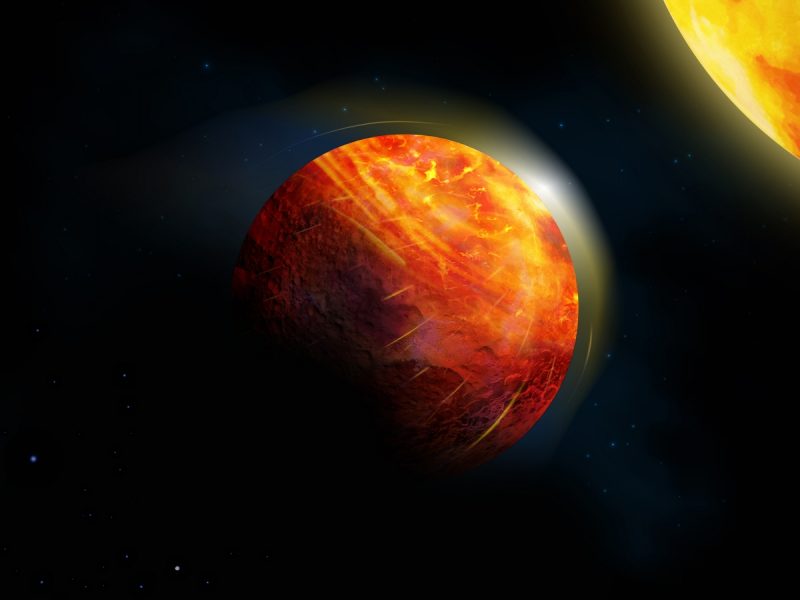
Magnetic field
We do not know its magnetic field.
Motions
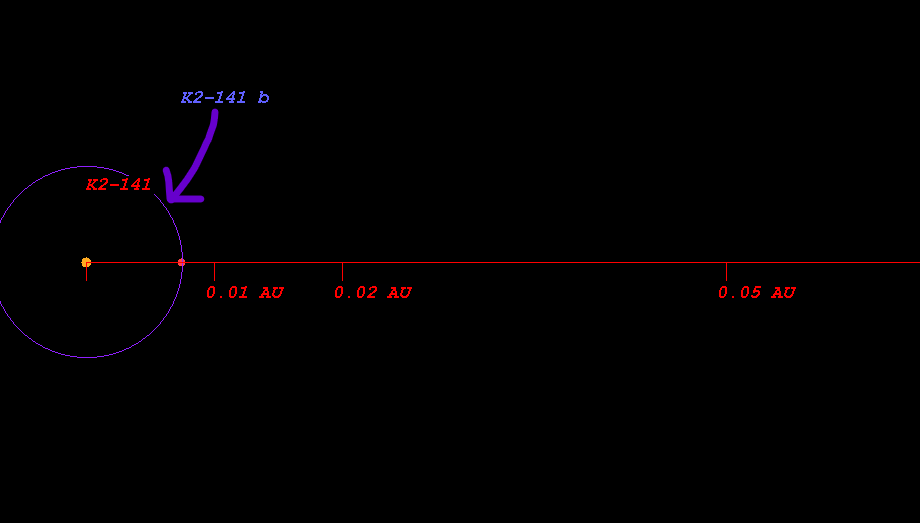
Orbit
It takes 0.2803244 terrestrial day for K2-141 b to complete one orbit around its parent star.
Rotation
K2-141b is most likely tidally locked with its host star.
Satellite systems
Moon system
K2 141 b has no moons.
Ring system
K2 141 b has no rings.
Author: William Homier
Editor: William Homier
This page was last edited on 15 April 2022, at 18:58 (HAE).
Sources:

